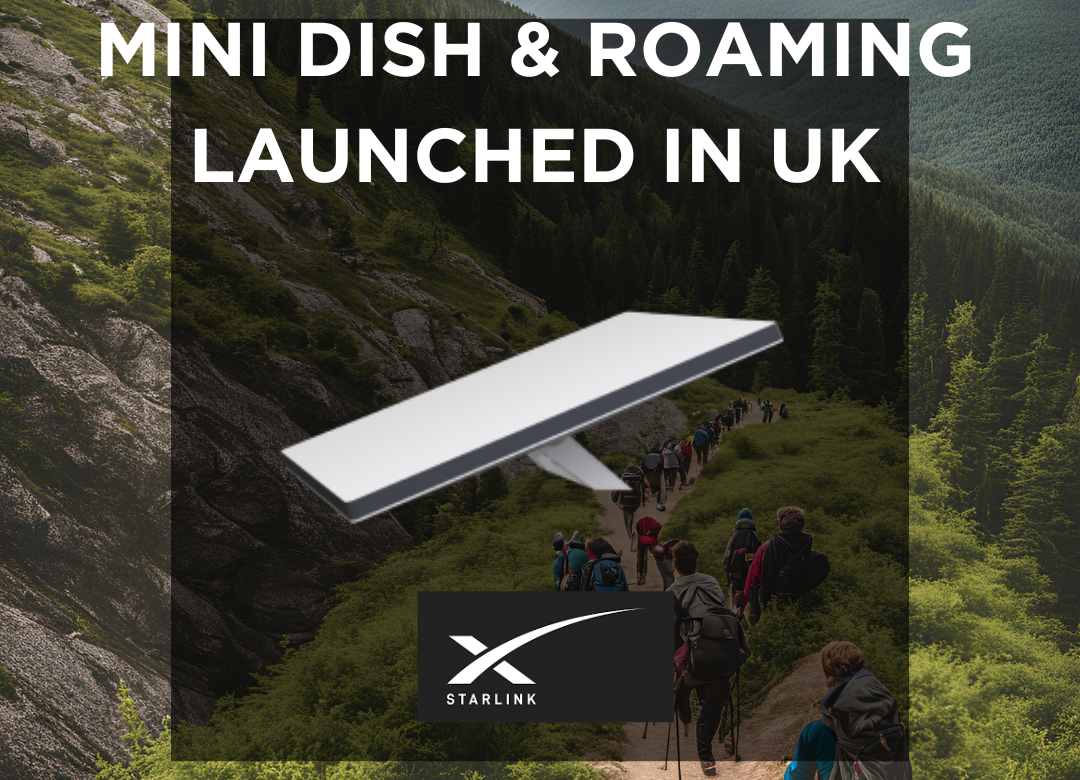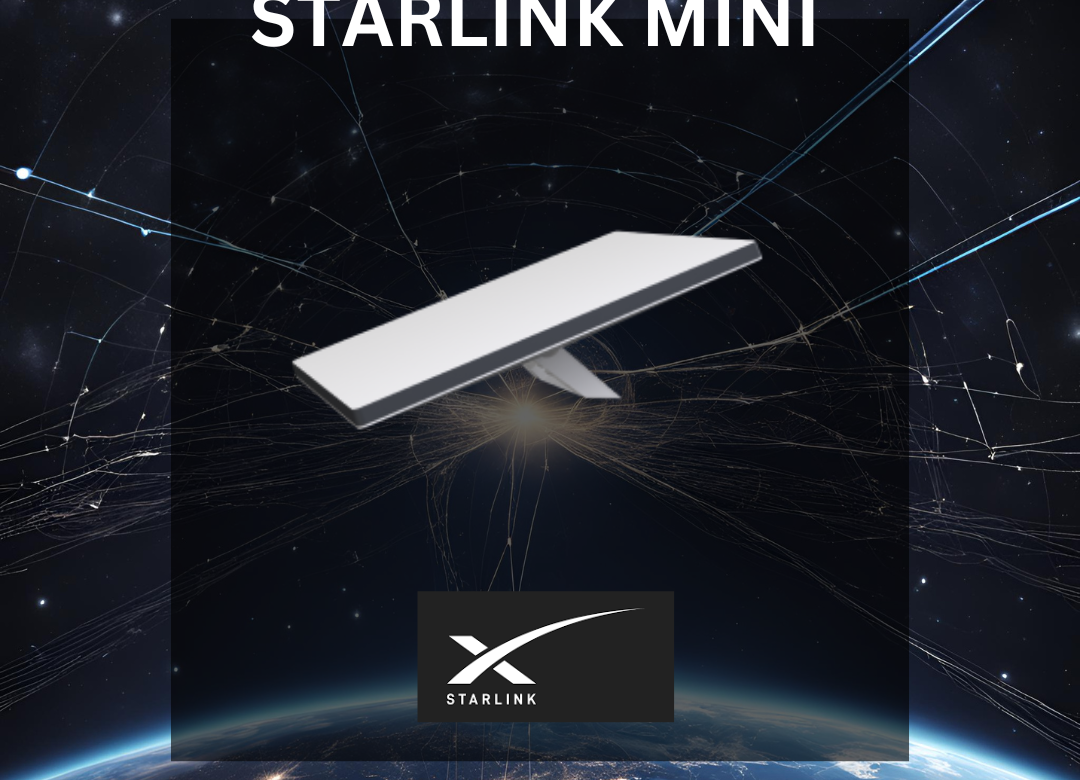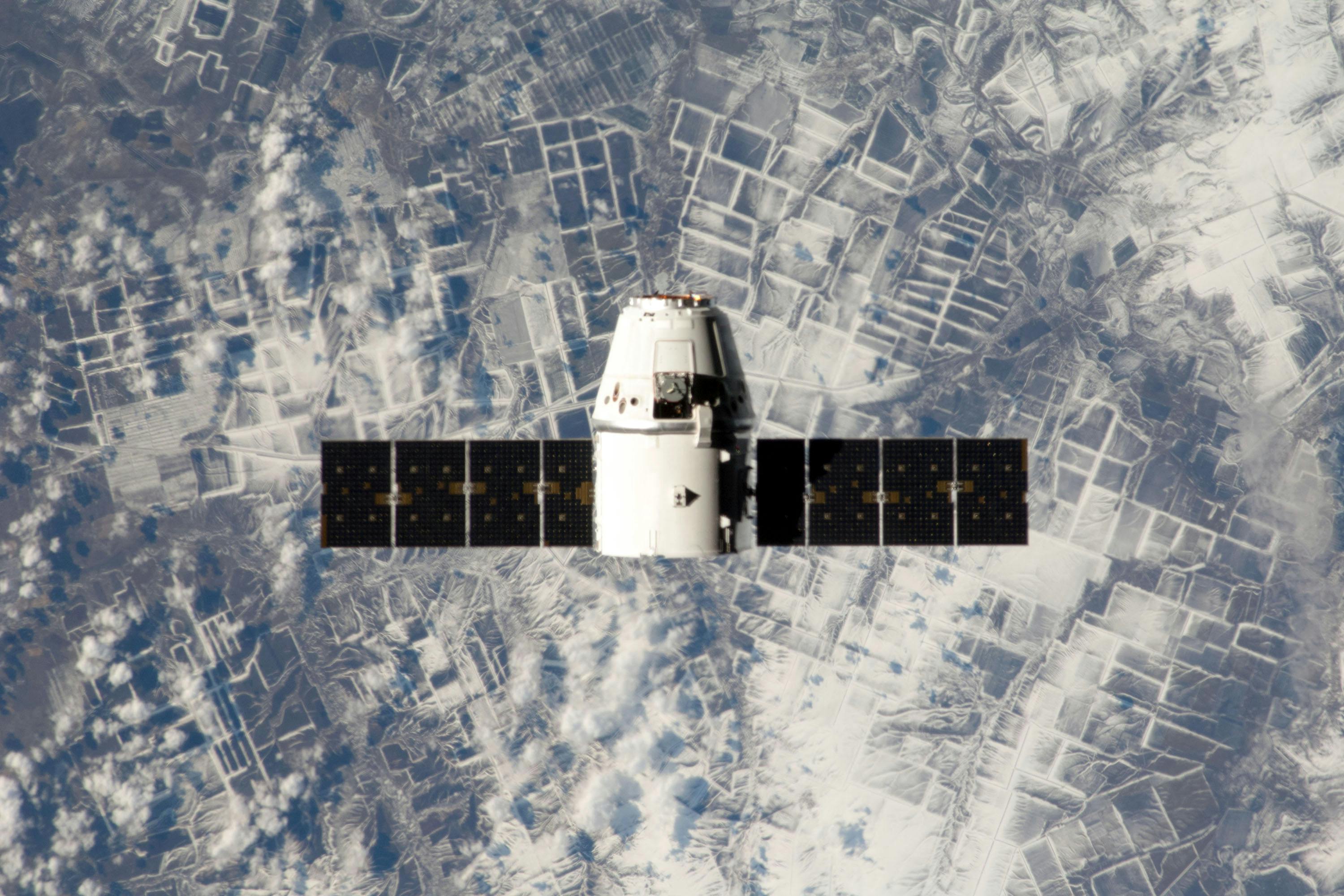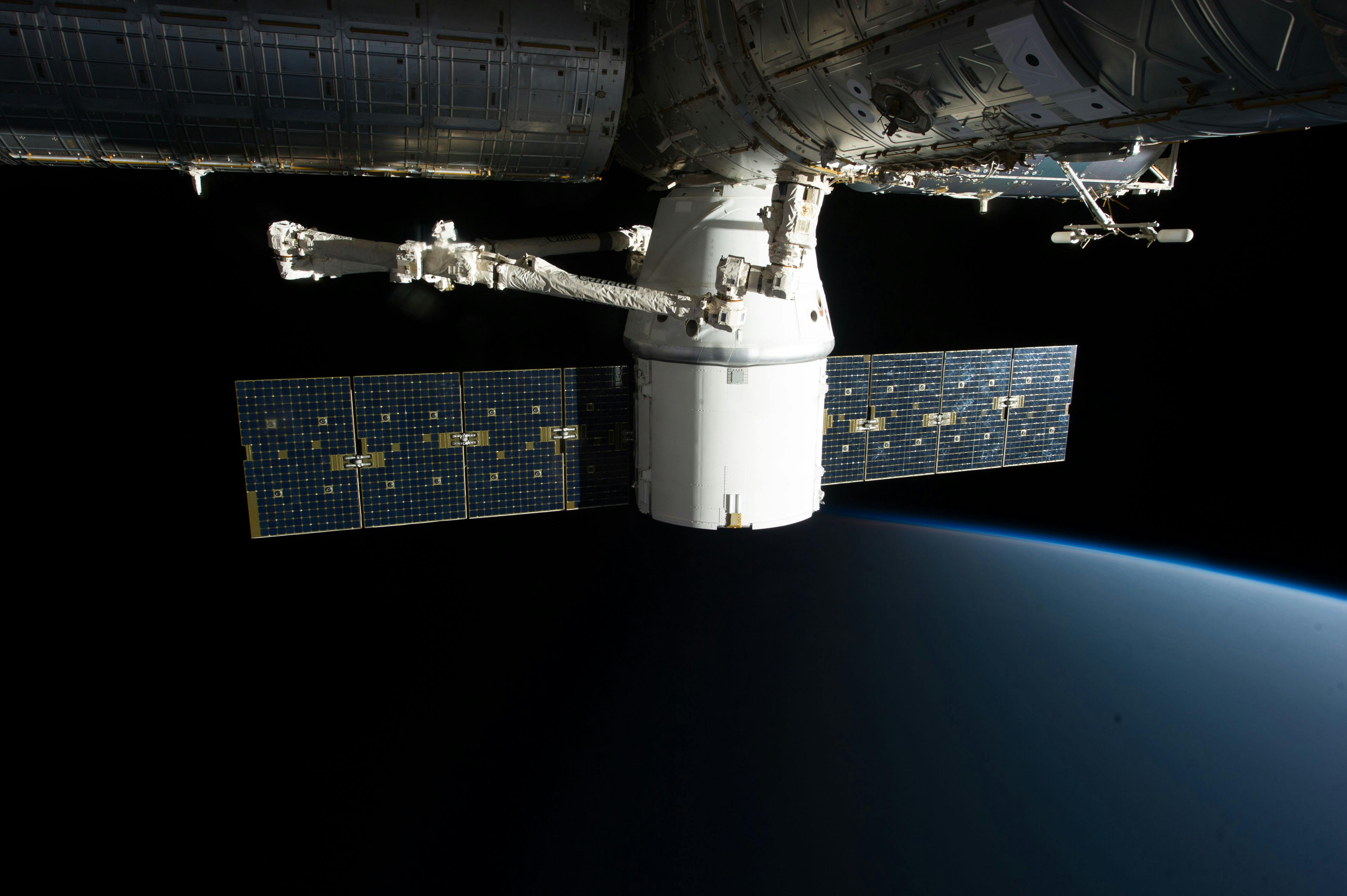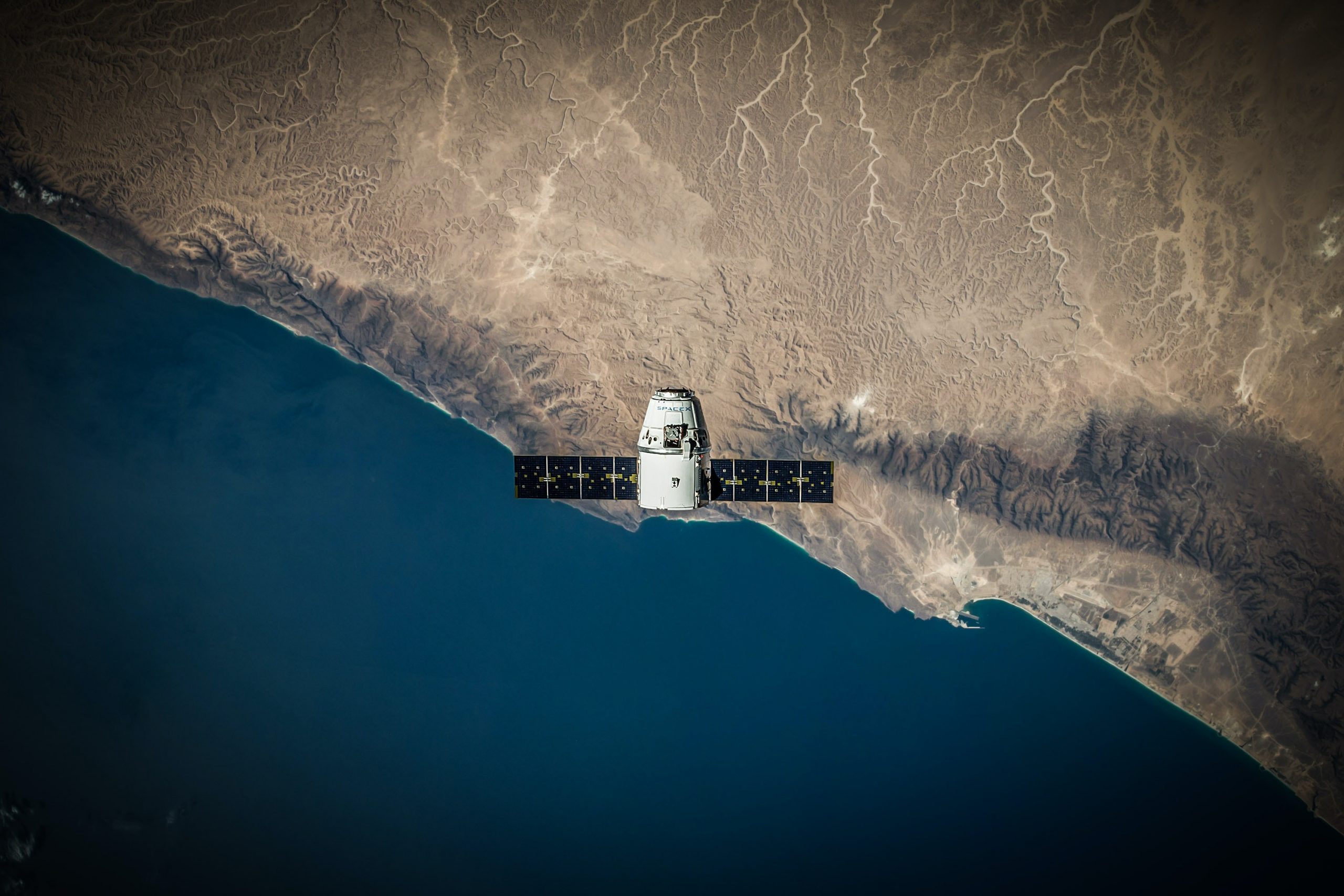Recent activity from Starlink hints at the prospect of delivering gigabit speeds to consumers. Starlink currently offers ultrafast broadband via a mega constellation of satellites in Low Earth Orbit (LEO) across the globe. Recently filed statements to the FCC (a board that regulates interstate communication and broadcasting by radio, television, satellite, wire, and cable) have suggested their plan to offer gigabit speeds (1Gbps+) and how they’ll do it.
What is Starlink Satellite Broaband?
The Starlink network currently consists of 6,458 satellites in orbit, just over 2000 of which are v@ Mini / GEN 2A. Most of these are orbiting at an altitude of c.500-600km. Elon Musk is in the process of adding thousands more to this constellation by the end of 2027.
UK Starlink customers pay around £75 per month for 30 days, with the cost of hardware on the Starlink Standard plan on top costing £299 plus £20 postage.
The Standard plan from Starlink promises:
- Latency times of 25-60ms
- Download speeds of c. 25-100 Mbps
- Upload speeds of c. 5-10 Mbps
How Many UK Customers Do Starlink Have?
By the end of last year, Starlink had 2.3 million customers worldwide, a figure currently at 4 million. There were 42,000 UK customers (up from 13,000 in 2022), most of which were in rural areas.
At the original commercial launch, Starlink originally aimed to deliver up to 1 Gbps speeds to their customers, with hopes to rise to 10 Gbps in the future. However, once launched, the service has often seen speeds around 200-300 Mbps, and with average performance being lower than that.
It would seem that the Starlink network is still a way off the 1 Gbps mark, with the average UK customer seeing download speeds of 90.7 Mbps. For the top 10% of fastest connections, this figure rises to 156.9 Mbps. Average upload speeds are 11.2 Mbps, rising to 16.4 Mbps for those in the top 10% fastest connections. However, this does mean that Starlink satellite broadband remains affordable.
Are gigabit speeds in Starlink’s future?
The capacity for gigabit speeds via Starlink satellite broadband lies in the ability to launch more of the larger, heavier fully sized next generation (v2 / v3) satellites.
In order to do this, Starlink need a rocket to handle commercial launches. Their new Starship rocket is currently still a work-in-progress but is nearing the point of completion.
The more progress Starlink makes, the closer we will get to seeing those gigabit speeds.
SpaceX recently made a request to the FCC which would allow them to update their second generation (v2) satellites, bringing them closer to earth. This would lower their altitude from circa 520km to circa 480km. This in turn would allow Starlink to use additional radio spectrum in the E band (71-74GHz downlink and 81-84GHz uplink).
These recent filings talk about how these changes would make it possible for Starlink to deliver gigabit speeds, low latency broadband and ubiquitous mobile connectivity to people around the globe who are lacking in adequate broadband.
This goal was reiterated by the VP of Starlink Engineering at SpaceX, who on the 13th October shared:
“The next generation @starlink satellite will launch on Starship and deliver gigabit connectivity anywhere in the world. We got one step closer to that reality today with an amazing Flight 5!”
It’s worth remembering that LEO satellites are becoming an increasingly competitive environment for broadband operators, and Starlink competitors may well try to block any requests made to the FCC.
We don’t know when gigabit speeds will become viable for UK Starlink customers. Whilst exciting steps forward are seemingly being made in the right direction by SpaceX Starlink, these things (as we’ve seen before) are complex, expensive and take time. But it would seem that Starlink firmly believes that gigabit and fibre-like speeds are on the horizon for their consumers.


